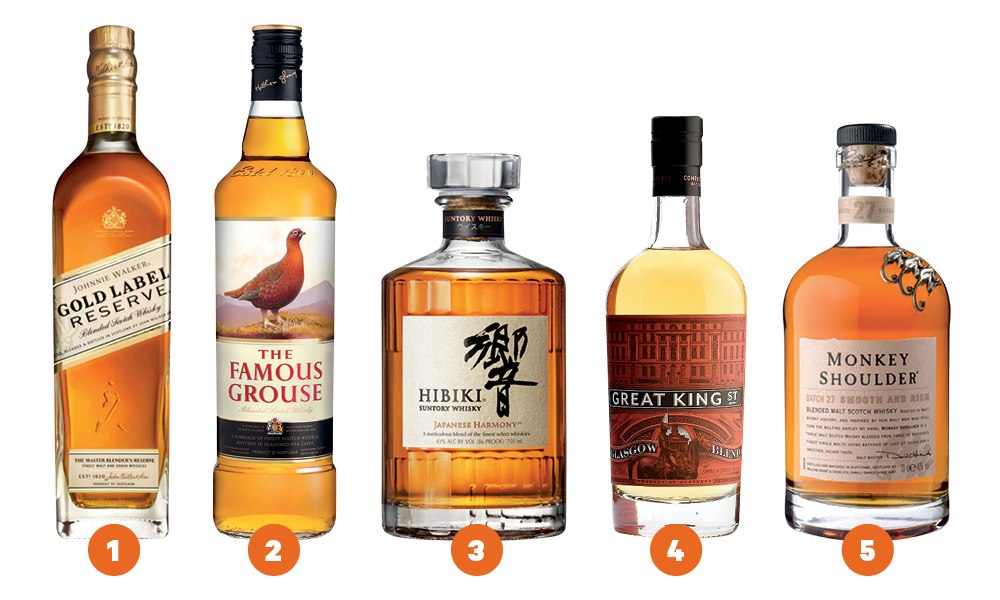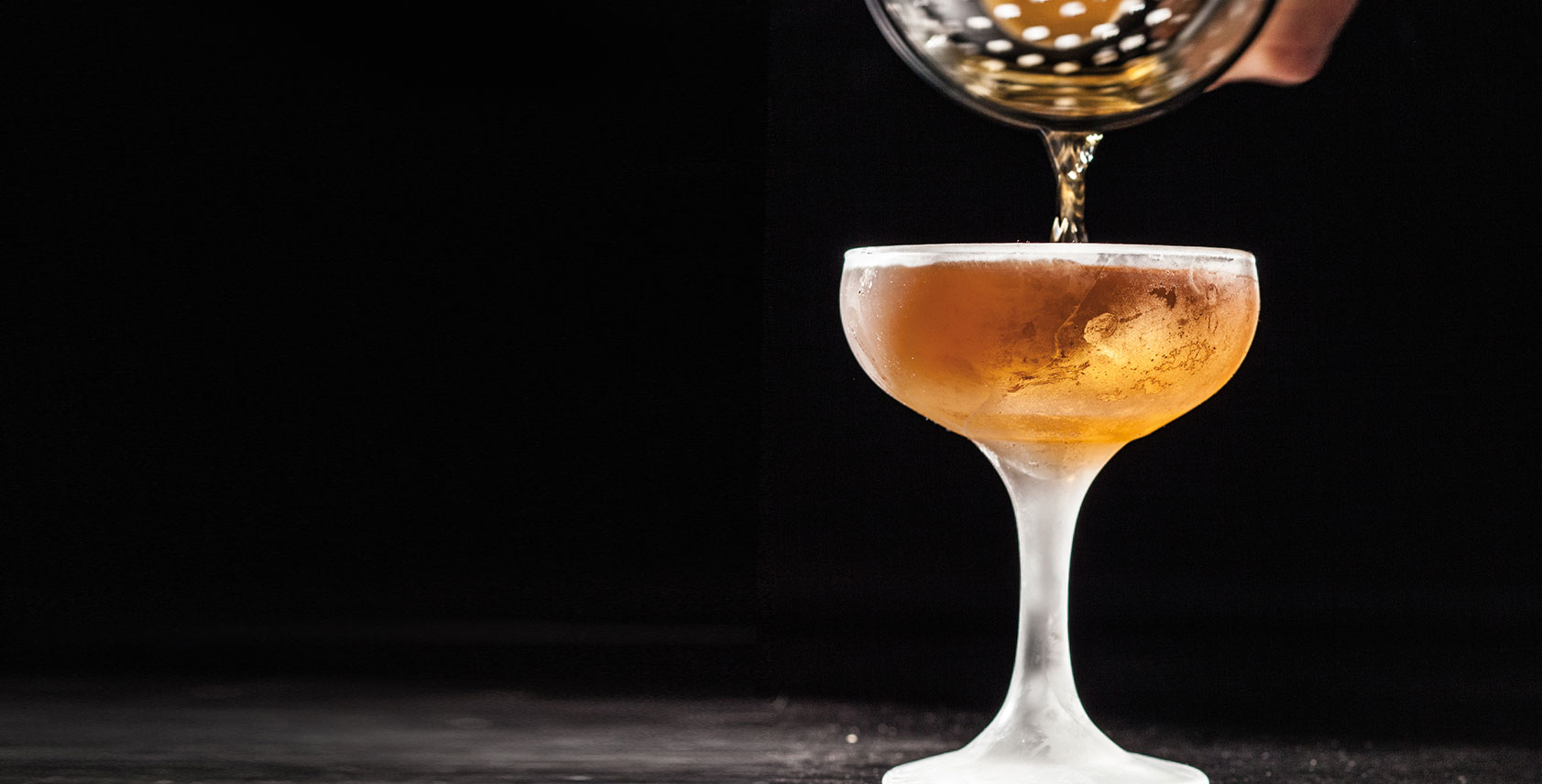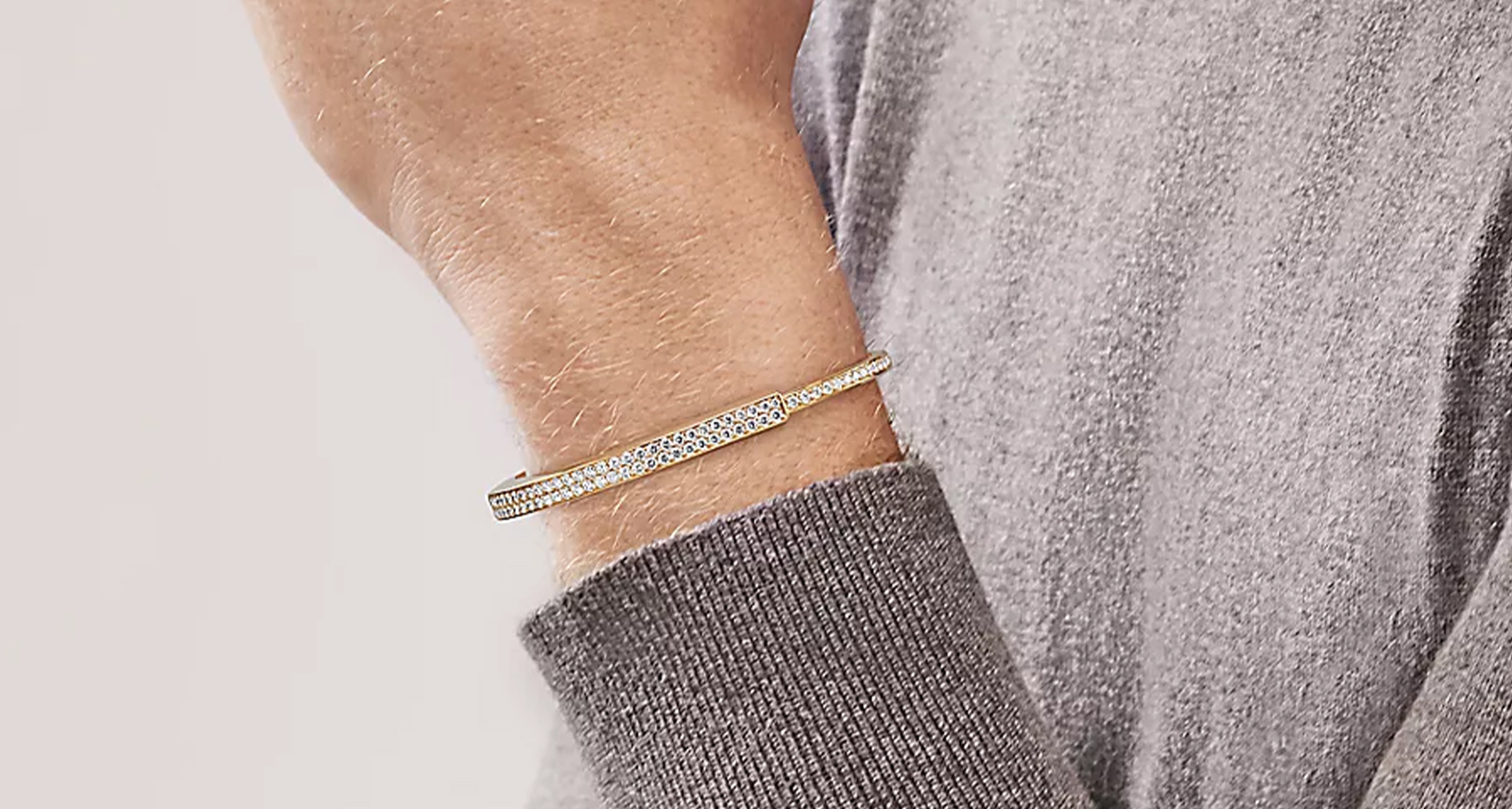It’s Time to Reconsider the Blended Whisky
For the past 20 years or so, Scotch lovers have fetishized the single malt, and relegated blended whisky to the bottom shelf. They drank so much of the stuff that, now, we’re beginning to see price hikes and, possibly, even a global shortage. Of course, there is an alternative — and it’s a good one.
“We’ve actually been able to have all these single malts here in North America for so long because everybody in Scotland drinks blended whisky,” explains Simon Ogden, bar manager at Victoria, BC’s acclaimed Veneto Tapa Bar. “And England too. Almost anywhere in the UK, if you order a whisky, it’s assumed to be a blend.”
Fact is, around the end of the 19th century artful blending established Scottish whisky as the world’s best in the first place. At the time, thirsty Europeans were facing a brandy shortage (an aphid ate up the grape vines of Europe) and were looking for alternatives. The Scots saw an opportunity and swooped in with a new style of smooth and balanced whisky that was comparable to Cognac. And Cognac is always blended.
Over the years, master blenders in Scotland perfected the art, making a range of lively blends that allow the sweet, spice, and smoke notes to mingle and play off one another. As such, they appeal to a palate that appreciates subtle complexity, as opposed to, say, an over-powering, one-note peat monster.
When the late Christopher Hitchens ordered a drink, he always opted for a Johnnie Walker Black. And he knew a good thing when he tasted it.
“Now that we’re a nation of know-it-all flavourheads, blended whiskies tend to get a bit of a bad rap because of their gentle nature,” says Ogden. “But most people don’t want to be held down by the throat and punched repeatedly by phenols and other giant flavours. They mostly just want a nice, sipping whisky, to get through the evening.”
In some ways, single malts have been a great experiment in deconstruction, since they allow an opportunity to become familiar with one element with a pronounced flavour profile — honey, fruitcake, cereal, or peat, for example. But now that we know, it’s time to see how a blend can transcend its base ingredient to become something far greater than the sum of its parts.
Five Must-Try Blended Whiskys

1. Johnnie Walker Gold Label Reserve
Universally acclaimed, the Gold Label is a subtle combination of honey and fruit — and you can taste the highland whisky backbone that’s peppered with notes from other regions.
2. The Famous Grouse
“Famous for a reason” is the grouse’s slogan, alluding to its consistency and affordability. It’s light, fruity, and suitable for cocktails. No wonder it’s Scotland’s best-selling whisky.
3. Suntory Hibiki Toki
Japanese distillers imported the blending tradition from Scotland nearly 100 years ago and have been perfecting the craft since. This delicate bottle is light, honeyed, and intriguing.
4. Great King Street Glasgow Blend
Seek out the Great King Street bottles, especially the Glasgow Blend, which combines rich, sweet sherry with peat flavour — a little something for everyone.
5. Monkey Shoulder
A blend of three single malts, Monkey Shoulder has reinvigorated the world of blended whisky. Cocktail bartenders love its versatility and whisky aficionados love the mingling of fruitcake, orange peel, and a touch of nut.










